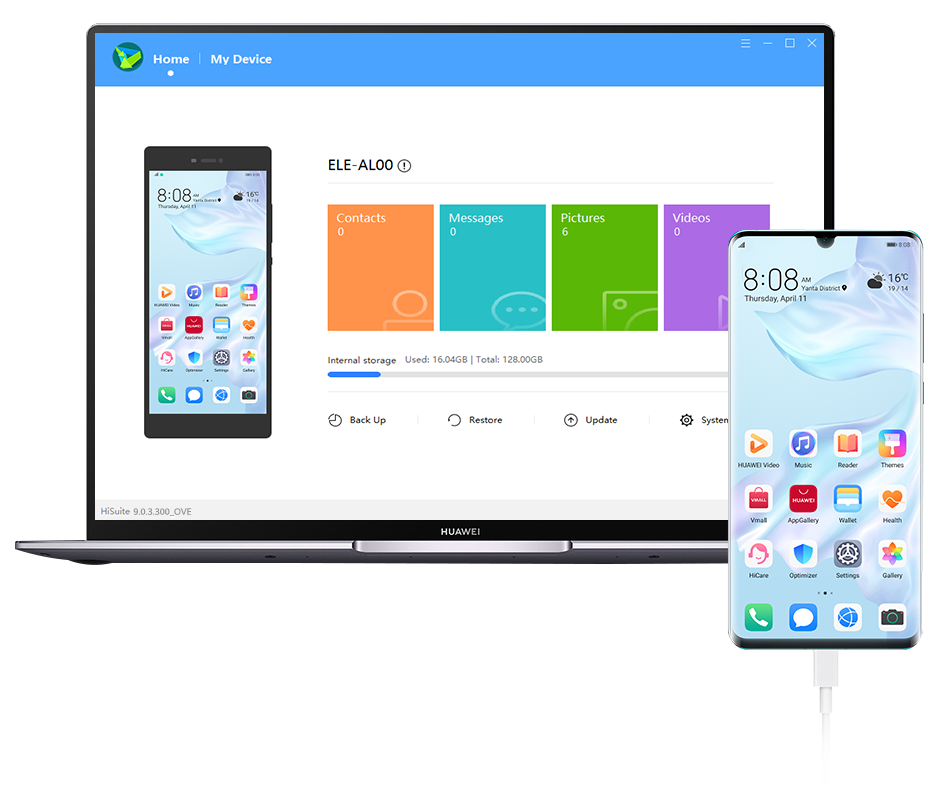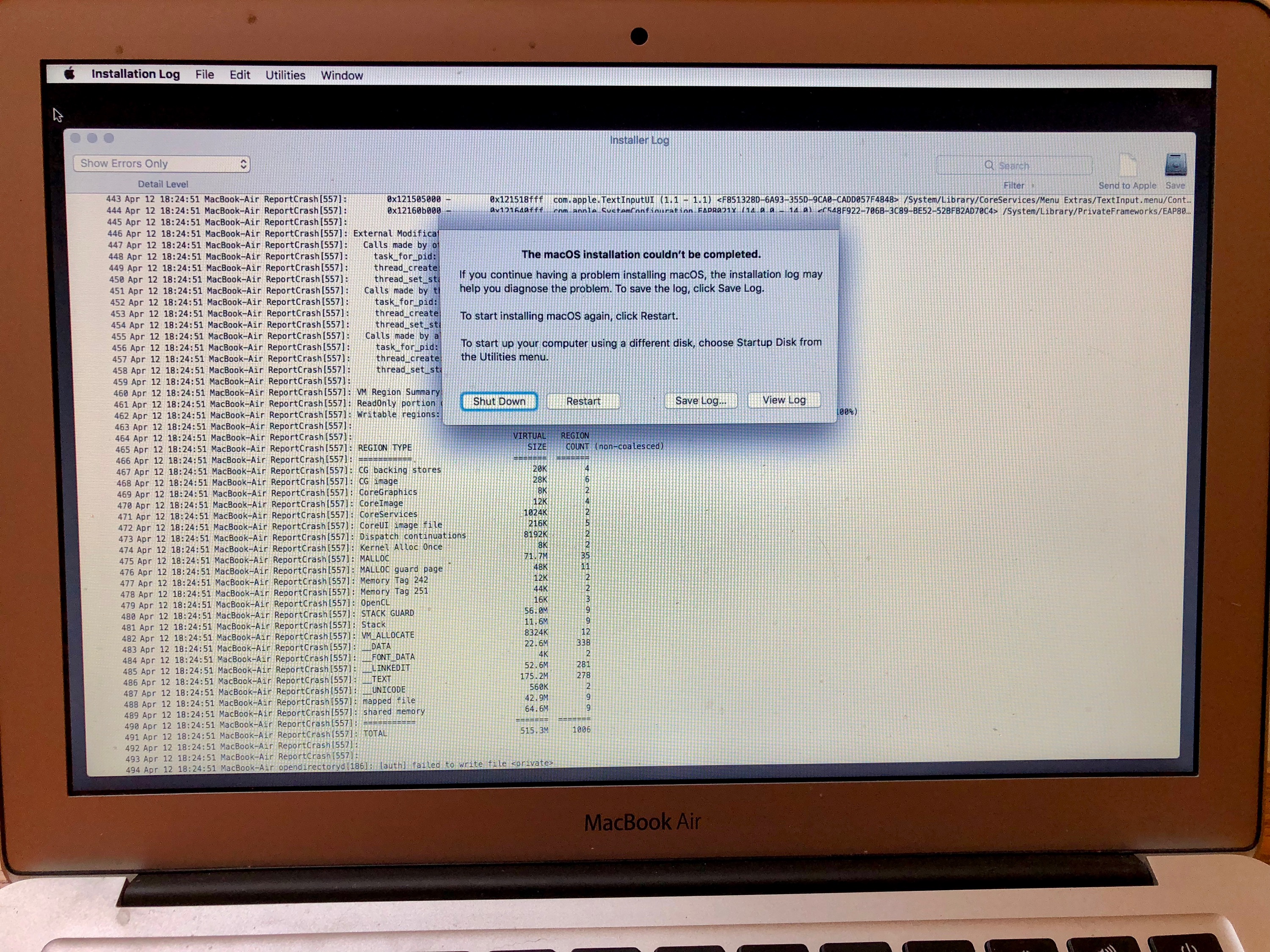Mac Full Screen App Shortcut
If you're working with a small screen or just need to focus on one specific app, you can use full-screen mode in macOS to brush unused apps aside and commit your entire screen to a single app.
Full Screen on Mac shortcut. There are a couple of keyboard shortcuts to trigger Full Screen mode: On some Macs it is possible to press the fn (function) key as well as F11 to activate Full Screen.
How to enter full-screen mode
- In the top left corner of the app window, click the full-screen button. It's green and looks like two arrows pointing outward
Alternatively, use the keyboard shortcut Control + Command + F.
- Play the songs, albums, playlists and podcasts you love on the all-new Pandora. Explore subscription plans to stream ad-free and on-demand. Listen on your mobile phone, desktop, TV.
- Note: If you're using the default app bar configuration in Microsoft Teams on Mac, use the commands in the table below. If you've changed the order of your apps, the command depends on the app's sequential order on the app bar. For example, if you've moved Calendar to the top of the app bar, press Command+1 to open it, not Command+4.
- Mac Desktop Client Version 3.5. Or higher Linux Desktop Client Version 1.1. Or higher iPad with iOS App Version 4.4.5 or higher.
- 3.Hide window shortcut. There are some times when you need to hide the windows that is currently running, you need then a hide window shortcut. Here, the shortcut is “Command + H”. 4.Full screen shortcut. When you really need to focus or make the most of limited screen on your Mac, go Full Screen by shortcut “Command+Power”.
- On the next screen, tap the ellipsis button in the upper-right corner once again.; There are a few options on this menu, but our focus is on the top half of the screen. To rename the shortcut, tap.
Full Screen Keyboard Shortcut
Navigating full-screen mode
- To access to the Mac menu bar, hover your cursor over the top of the screen. The menu bar will drop down so you can access its tools.
- If you need to get access to the Dock, just move your cursor toward the Dock. The Dock is either on the left, right, or bottom of your Mac's screen.
- To switch between apps while in full-screen mode, you can use a three-finger swipe gesture on your Mac trackpad or use the Command + Tab shortcut keys.
Update for network software.There are several reasons for this dynamic:First, new technologies are emerging, as a result, the equipment is being improved and that, in turn, requires software changes.Secondly, the needs of users are growing, requirements are increasing and the needs are changing for network software.Therefore, it is necessary to monitor changes in the network software and to update it in a timely manner./ If you do not update in time, you can become a victim of viruses and scammers, which can lead to irreversible consequences. 
How to exit full-screen mode
- Hover your cursor over the top left corner of the screen until you see the window bar. Then click the Exit full-screen button. It's red and looks like an X.
Alternatively, use the keyboard shortcut Control + Command + F.
Questions?
Anything we missed? Run into any trouble using full-screen mode? Gimme a shout in the comments below or over on Twitter!
macOS Catalina
Main
My heartThis timelapse of macOS 10.0 through 10.15 is a nostalgic wonder
Mac Switch Full Screen Applications Shortcut
The very first version of macOS, or Mac OS X as it was known, arrived almost 20 years ago. This video takes us through every major update the Mac has seen since in one amazing timelapse.
